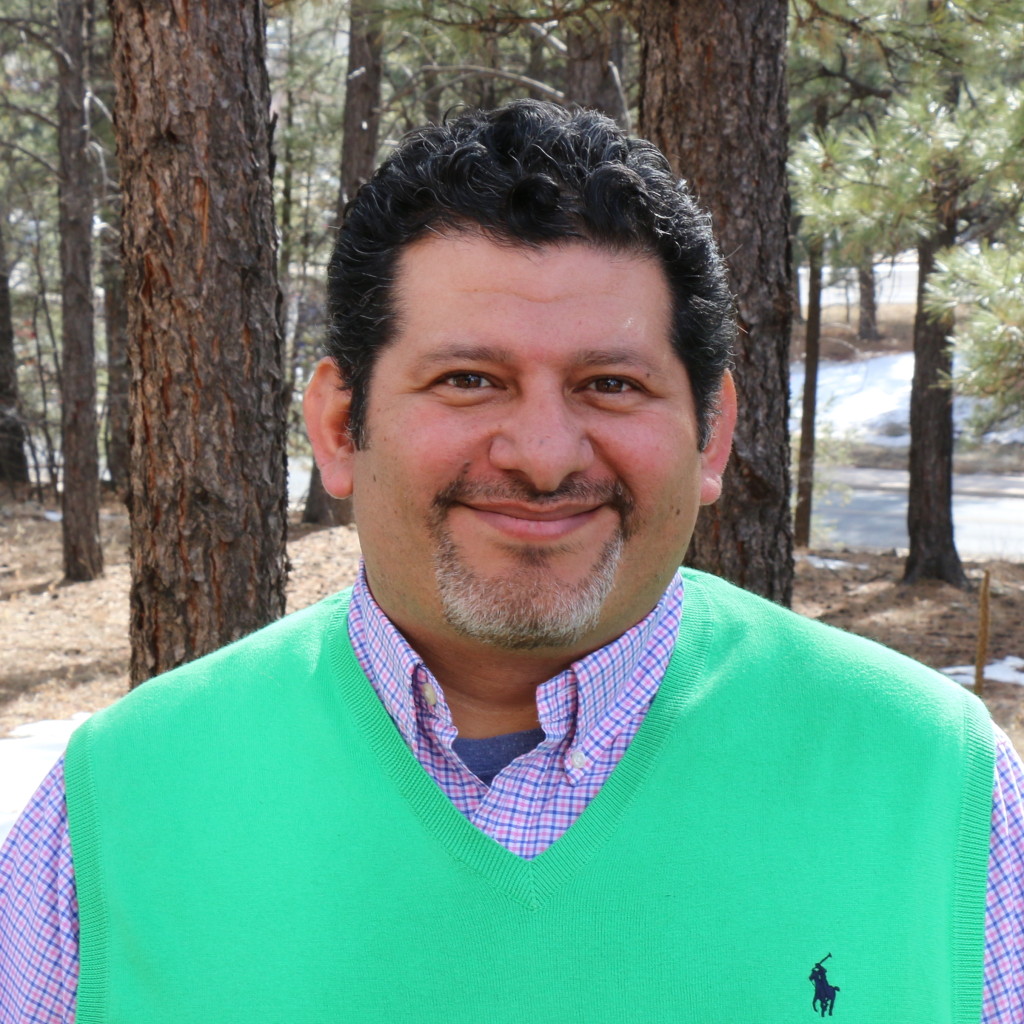By Stephen Nuño, associate professor of Politics and International Affairs
The U.S. primary season is upon us and over the next few months, culminating in the Republican and Democratic party conventions this summer, our political parties will be going through the long and arduous process of choosing the candidate that will represent them in the presidential election in November.
The Republicans have been locked into a crowded group of candidates since last summer and the big story has been the rise and persistence of Donald Trump on the scene. A long-known businessman and mega-personality, Trump has tapped into a growing national frustration harbored by Republicans since the election of President Obama in 2008.
Trump has harnessed the ire and disappointment of a very vocal and active group of Republicans who point to the Affordable Care Act, “Obamacare,” as a symbol of a philosophy of governance they would like to see reversed. And through this lens of frustration, many other issues, such as foreign policy, energy and efficiency of government has manifested itself into a surge of participation.
While Trump is the biggest story on the GOP side, a more interesting story for political scientists, such as myself, is observing the decision-making process by its party members. The Republicans seem divided by a choice between expressing their anger to the country with Donald Trump or Senator Ted Cruz, and expressing their will to elect a candidate with executive experience with governors John Kasich of Ohio and Jeb Bush of Florida. Marco Rubio is still popular among fundraisers and those who think he can beat Hillary Clinton in a national election.
The Democrats face a much simpler decision between two candidates whose main disagreement is not over what ails the country, but over how to go about making the desired changes. Bernie Sanders, like Donald Trump, has been able to harness a rising air of disapproval over Washington, D.C.’s, “business as usual” approach, particularly among young people who feel (rightfully so) that the decisions by Washington have stacked the deck against them in providing the opportunities that their parents and grandparents once had.
In contrast, Hillary Clinton has presented herself as the logical choice for continuing and improving upon the popular polices of President Obama, such as expanding the Affordable Care Act to cover more people, and incremental reform of the institutions Sanders would like to overhaul.
For the Democrats, it will be important to see how minority voters react to the rising leftist populism of Bernie Sanders, or if they will stay with the experienced Hillary Clinton. African Americans in the South and Latinos in the Southwest will provide important signals to the party over who will be able to turn out voters in the numbers necessary to take on the Republican candidate come November.



